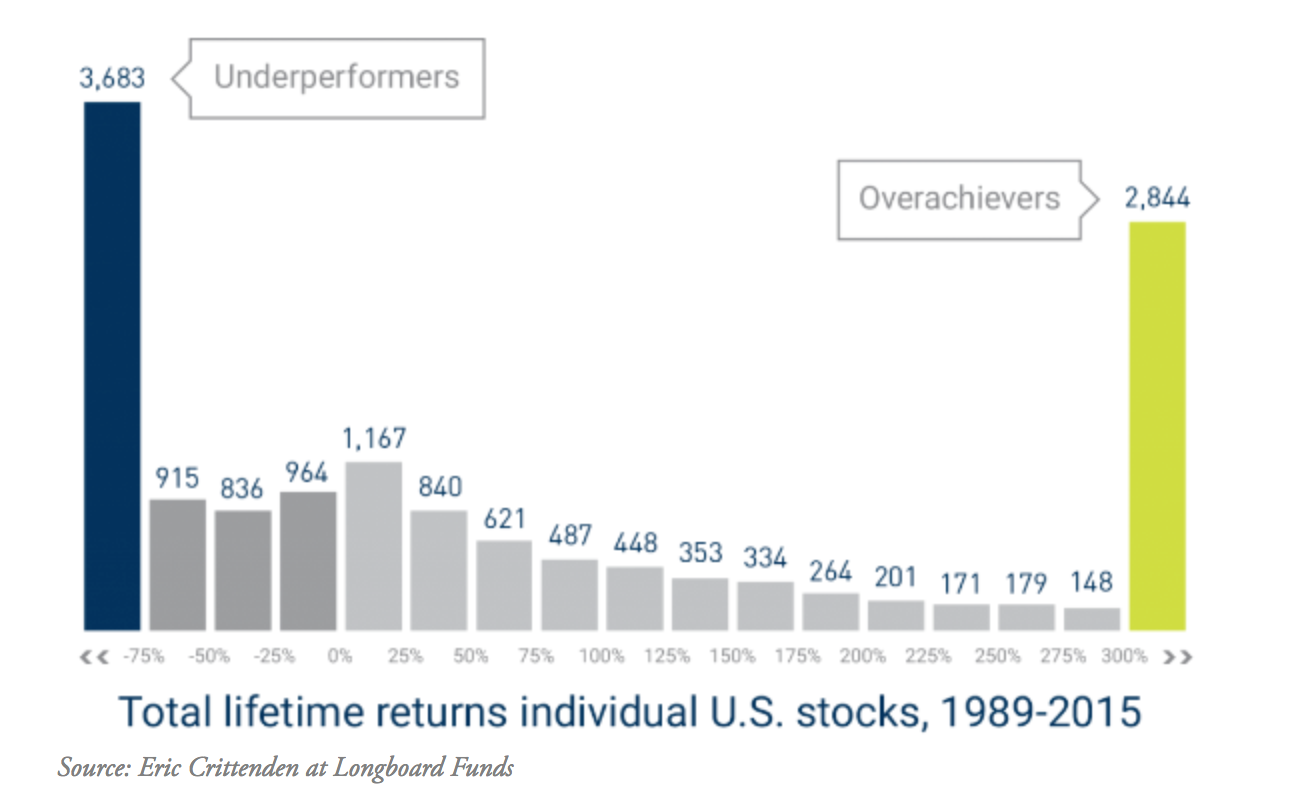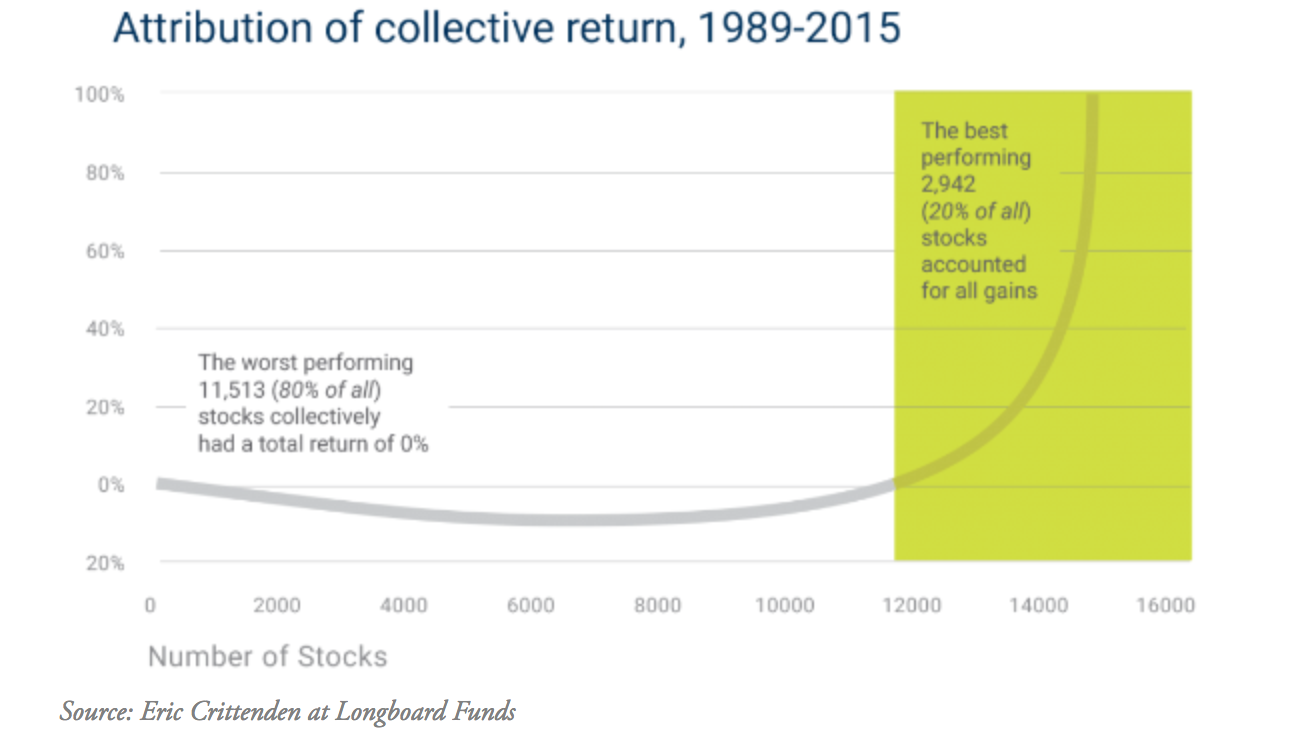Why does tracking the S&P 500 work so well? Because it's a momentum strategy in disguise, argues a growing body of evidence.
Tracking a market weighted index is a fantastic investment strategy. And investors who have stuck it out with the S&P 500, ASX 200, or the DAX 40 the past several years have been handsomely rewarded.
Market weighted indexes have done so well that most active managers can't beat them. Thus the ETF industry - which, for all its diversification, still overwhelmingly focusses on market weighted indexes - has been such a hit.
But why do market weighted indexes deliver such a great return? And why do highly paid stock pickers rarely manage to beat them?
One answer that's growing in popularity is that market weighted indexes are momentum strategies in disguise.
Momentum is an investment strategy that involves picking companies with winning records and backing them to keep on winning. Losers, in a momentum strategy, are taken out the back and shot. They're called momentum strategies because they try and capture the "momentum" of the stock market's rises and falls. Studies have shown that this style of investing can lead to better returns.
And a new body of evidence suggests that this is exactly what market weighted indexes do.
"One of the reasons the S&P 500 is so hard to beat is because it has a built-in mechanism to let the winners ride by the way it's constructed. By our very nature we have a tendency to hold onto our losers and sell our winners too quickly," wrote Ben Carlson, a director at Ritholtz Wealth Management.
"The S&P 500 or any systematic strategy doesn't have these same issues holding them back. Can you imagine owning stocks like Apple, Amazon, Google or Facebook as they continued to rise over the years? How many of us would have had the ability to hang on as those gains compounded and the market caps kept rising?"

[caption id="attachment_3303" align="alignnone" width="595"] Source: Eric Crittenden, link here.[/caption]
As evidence for this, Carlson cites a detailed analysis of 14,000 publicly traded stocks in the US the past 30 years. The analysis found that 20% of publicly traded US stocks have accounted for virtually all the S&P 500's gains since 1989.
The other 80% of US stocks gave investors nothing. While the S&P gained 1200% from 1989 - 2015, almost all of that came from the top slither of performers. The vast majority of US companies gave investors a total return of 0%.
The argument is also being forwarded in the academic literature. Back in 2008, University of St Galen finance professor and ECB advisor Angelo Ranaldo, argued that market weighted indexes, like the FTSE 100, were so entrenched in a momentum play that they weren't even passive.
In his study "Wolf in sheep's clothing", Ranaldo ran a simple experiment comparing "exclusive indexes" like the FTSE 100, which shoot their losers, to "inclusive indexes", like the FTSE All Share, which include virtually everyone.
He found that more "exclusive" indexes generated the kinds of returns one would expect of momentum strategies: rising more during bull markets but falling faster in bear markets. He concluded that these indexes' ability to cut their losers when they fell out of, say, the top 100 in the FTSE, amounted unambiguously to a momentum strategy.

"The timing and methods implied by the selection and rebalancing rules of the most widely used selective equity indices are consistent short-run momentum strategies," the authors concluded.
"And so-called passive investment management based on them - simply offer a different form of active investment management in disguise, albeit at times a quite successful one."
But is this body of evidence right?
Maybe. The past five years we've seen very little difference in performance between Vanguard's S&P 500 tracker (VOO) and its total stock market ETF (VTI). This would seem consistent with the idea that all the gains are to be made at the top end of the index, at least during a bull market.
It may also help explain why there are so few outright momentum ETFs. The proliferation of smart beta ETFs has left almost every factor commoditised. Yet for all the popularity of value, dividend, small size and low volatility ETFs, there has been relatively few momentum ETFs offered up. Perhaps issuers think they're already offering them.


